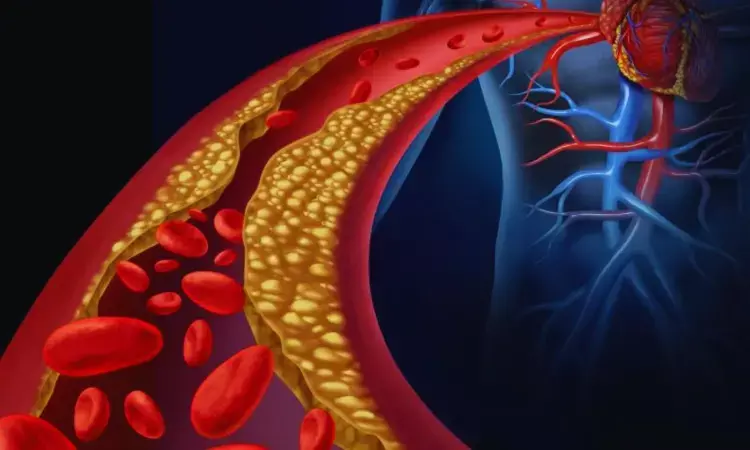- Home
- Medical news & Guidelines
- Anesthesiology
- Cardiology and CTVS
- Critical Care
- Dentistry
- Dermatology
- Diabetes and Endocrinology
- ENT
- Gastroenterology
- Medicine
- Nephrology
- Neurology
- Obstretics-Gynaecology
- Oncology
- Ophthalmology
- Orthopaedics
- Pediatrics-Neonatology
- Psychiatry
- Pulmonology
- Radiology
- Surgery
- Urology
- Laboratory Medicine
- Diet
- Nursing
- Paramedical
- Physiotherapy
- Health news
- Fact Check
- Bone Health Fact Check
- Brain Health Fact Check
- Cancer Related Fact Check
- Child Care Fact Check
- Dental and oral health fact check
- Diabetes and metabolic health fact check
- Diet and Nutrition Fact Check
- Eye and ENT Care Fact Check
- Fitness fact check
- Gut health fact check
- Heart health fact check
- Kidney health fact check
- Medical education fact check
- Men's health fact check
- Respiratory fact check
- Skin and hair care fact check
- Vaccine and Immunization fact check
- Women's health fact check
- AYUSH
- State News
- Andaman and Nicobar Islands
- Andhra Pradesh
- Arunachal Pradesh
- Assam
- Bihar
- Chandigarh
- Chattisgarh
- Dadra and Nagar Haveli
- Daman and Diu
- Delhi
- Goa
- Gujarat
- Haryana
- Himachal Pradesh
- Jammu & Kashmir
- Jharkhand
- Karnataka
- Kerala
- Ladakh
- Lakshadweep
- Madhya Pradesh
- Maharashtra
- Manipur
- Meghalaya
- Mizoram
- Nagaland
- Odisha
- Puducherry
- Punjab
- Rajasthan
- Sikkim
- Tamil Nadu
- Telangana
- Tripura
- Uttar Pradesh
- Uttrakhand
- West Bengal
- Medical Education
- Industry
Eye Scan Detects Hidden Heart Disease: Retinal OCTA Spots Subclinical Coronary Atherosclerosis, Study Shows

South Korea: Reduced retinal parafoveal vascular density (PFVD), as measured by optical coherence tomography angiography (OCTA), may serve as an early indicator of subclinical coronary atherosclerosis in high-risk adults, a new study has shown. Individuals in the lowest quartile of superficial capillary plexus PFVD had significantly higher odds of obstructive coronary artery disease (CAD) and severe CAD.
- Lower parafoveal vascular density (PFVD), especially in the superficial capillary plexus (SCP), was independently linked to higher coronary atherosclerotic burden.
- Participants in the lowest SCP PFVD quartile had an adjusted odds ratio of 2.91 for obstructive coronary artery disease (CAD) and 3.30 for severe CAD compared to those in the highest quartile.
- PFVD showed correlations with coronary artery calcium scores, number of vessels involved, and stenosis severity.
- Incorporating PFVD measurements into traditional cardiovascular risk models enhanced detection of severe CAD, obstructive CAD, and high-segment stenosis scores, with area under the curve (AUC) values ranging from 0.77 to 0.79.
Dr Kamal Kant Kohli-MBBS, DTCD- a chest specialist with more than 30 years of practice and a flair for writing clinical articles, Dr Kamal Kant Kohli joined Medical Dialogues as a Chief Editor of Medical News. Besides writing articles, as an editor, he proofreads and verifies all the medical content published on Medical Dialogues including those coming from journals, studies,medical conferences,guidelines etc. Email: drkohli@medicaldialogues.in. Contact no. 011-43720751


